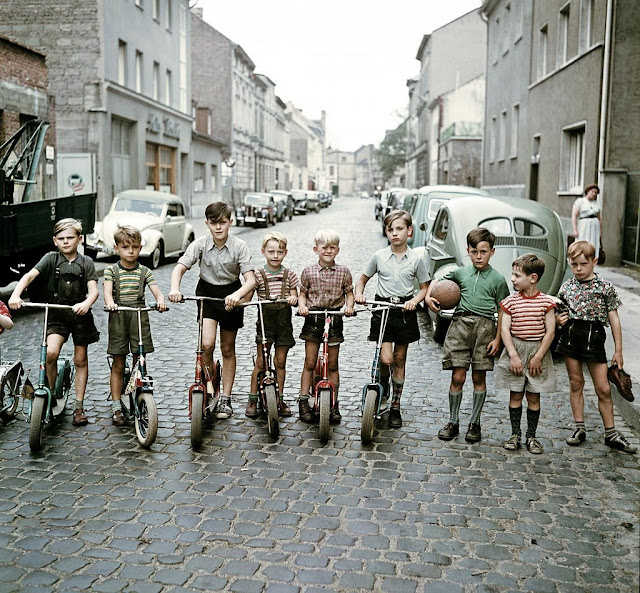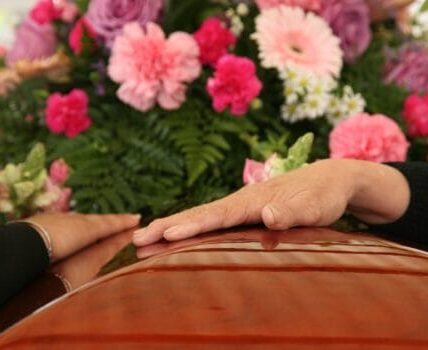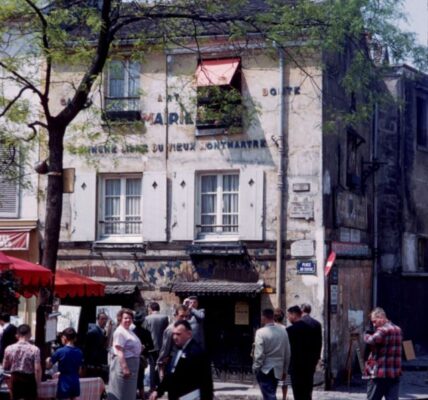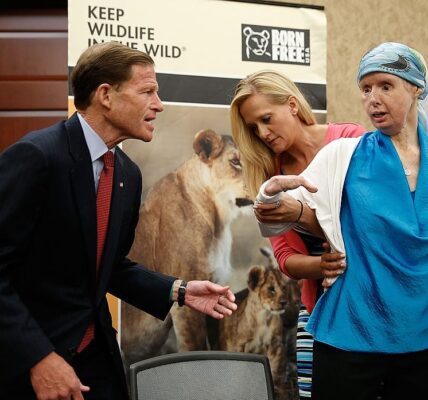It was barely eight years after the Nazi government’s surrender when Josef Heinrich Darchinger embarked on his photographic journey through the west of divided Germany. The bombs of World War II had turned the country’s major cities into wastelands of rubble. Yet his images show little evidence of the collapse of a civilization. It wasn’t that the photographer manipulated the evidence; he simply recorded what he saw.
The photographs depict a country caught between technological modernity and cultural restoration, between prosperity and poverty, between German coziness and the constant threat of the Cold War. They show the winners and losers of the “economic miracle,” people from all social classes, at home, at work, in their scarce leisure time, and as consumers. But they also depict a country that, in retrospect, looks like a film from the middle of the last century. The Frankfurter Allgemeine Zeitung wrote of his color photographs: “They are extraordinary historical documents that demonstrate how quickly the gray of everyday life regained color.”




























